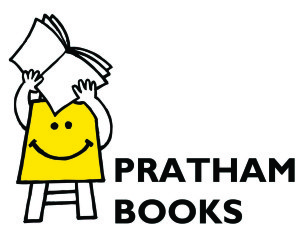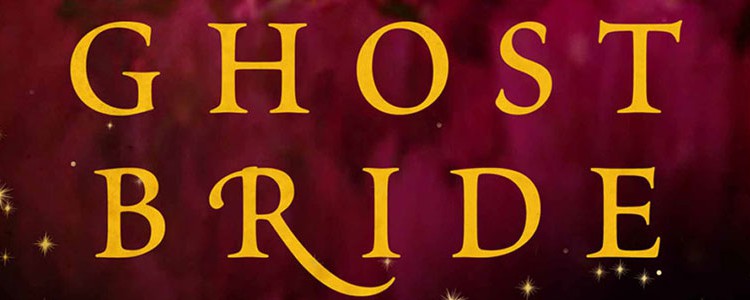Storyweaver, Pratham Books
 Welcome to StoryWeaver from Pratham Books : http://www.storyweaver.org.in.
Welcome to StoryWeaver from Pratham Books : http://www.storyweaver.org.in. 
A whole new world of children’s stories. It is a platform that hosts stories in languages across India and beyond. So that every child can have an endless stream of stories in her mother tongue to read and enjoy. StoryWeaver is an open platform designed to be innovative and interactive. It invites both, the weaver of stories and the reader to connect and share the fascinating world of words and illustrations. This then, marks a new chapter in children’s literature and publishing. Come discover the magic of stories and the joy of reading – a cornucopia that will delight endlessly.
Medianama has a wonderful article on Pratham Books and Storyweaver. It is available at: http://www.medianama.com/2015/09/223-pratham-books-open-source/ But I am also copy-pasting the text in case it is not easily available sometimes.
Non profit trust Pratham Books has launched StoryWeaver, an open source digital platform, which features 800 stories in 24 languages (14 Indian and 12 international languages), with an image repository of over 2,000 images. These will be openly licensed and free of cost; content creators and other users will be able to read, download, translate, version-ise and print through the platform. Users will also be able to create and publish new stories, using the Creative Commons licensed content on the site.
The stories are available in Assamese, Bengali, Gujarati, Hindi, Kannada, Konkani, Malayalam, Marathi and Odiya, along with English translations to all these languages (and Tamil and Telugu, excepting Assamese and Malayalam). It lists publishers like itself, African StoryBook Initiative and World Konkani Centre. The stories can be filtered by reading levels as well. The platform provides DIY videos for creating and translating stories. ( https://storyweaver.org.in/tutorials )
Anyone can translate stories by clicking on the ‘translate’ option under the selected story, which redirects you to login via Pratham Books, Facebook or Google+ and provides a host of Indian and African languages, along with French, German and Spanish to translate to. It displays the original text for reference and once done translating it lets users put in a new title, creator details and publish. Pratham Books says that it has generated more work opportunities for illustrators through their CC work. It also states that its primary users are teachers, librarians, writers and parents.
The trust hopes that this move will not only encourage more content creation but also address the scarcity of multilingual story resources in India and multiply it. With the launch of the platform, the trust has also created a “Weave a story” campaign where it has roped in children’s books writers Anushka Ravishankar, Soumya Rajendran, Rohini Nilekani and Rukmini Banerjee to write a special story for children. StoryWeaver will invite users to translate these stories and the trust expects that 100 new versions will spawn out of the 3 original stories. The first story to be launched on the platform is Ravishankar’s “Its All the Cat’s Fault”, which is expected to get 5 derivative versions today.
Google Impact Challenge shortlist
In August 2013, Google had shortlisted 10 non-profit organisations in India as finalists for its Google Impact Challenge intended to support a technology based social project with an award of Rs 3 crores. Among these was Pratham Books which intended to develop an open source platform to create and translate 20,000 e-books in minimum 25 languages to enable 20 million book reads by 2015.
Launch of books crowdsourcing platform
In June, Pratham Books launched a crowdsourcing platform called DonateABook which let nonprofits and schools raise funding for books in order to provide them to Indian children. It connected book seekers with people who wanted to give books away. Then, there were 30 campaigns on the website, looking to raise between Rs 3,500- Rs 110,000 for multiple cities and towns in India.
The projects have been assigned for underprivileged kids, kids from government schools in villages, immigrant construction workers’ children and more, and sought books across Indian and English languages. Individuals as well as organisations who wanted to get books for the children they work with could also start campaigns on the platform. The platform sought to get 50,000 books for children by this Children’s Day, which falls on 14 November every year.
The Bangalore-based trust publishes cost effective books across Indian languages. It publishes books across genres like fiction, science, history, maths and nature among others. It claims to have published over 300 original titles in 18 languages, totalling up to 2,000 books across genres of fiction, nonfiction, and story books on science, history, mathematics and nature
8 Sept 2015















